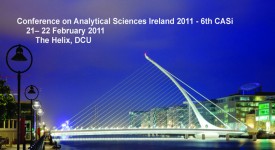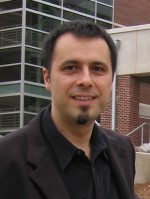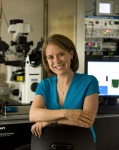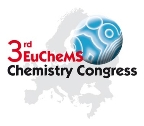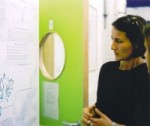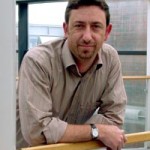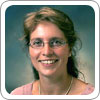Surface chemistry and the non-specific binding problem in biosensor technology
A one day workshop sponsored by the Applied Materials Group of the Royal Society of Chemistry
May 9th, 2011 (9.00 AM – 5.30 PM)
Burlington House, Royal Society of Chemistry, London, UK
The purpose of this symposium is to discuss surface coatings that can be used to address the issue of non-specific binding in biosensors. The symposium will be of interest to both academics and industrialists. While a number of international conferences are dedicated to biosensors, non-specific binding is only dealt with in an ad hoc manner. Considering that this phenomenon will ultimately dictate whether a biosensor can be commercialized or not, it is clear that this symposium dedicated to the subject is both timely and warranted. The symposium will be of interest to any researcher working in the fields of drug discovery, clinical diagnostics and environmental analysis, including homeland security and defence sectors.
Scheduled speakers:
M. Thompson and Christophe Blaszykowski, University of Toronto
Lisa Hall, University of Cambridge
H. Schnerr, TTP LabTech Ltd, Melbourn
J-F. Masson, University of Montreal
S. Reddy, University of Surrey
S. Brewer, DSTL, Porton Down
Registration fee:
75 pounds for academic delegates
100 pounds for industry delegates
Fee includes a lunch and all proceedings
Please contact Ms Wendy King (DSTL, UK) for registration form and payment
Please refer to the RSC Events pages for details on how to register and contact the organisers.











